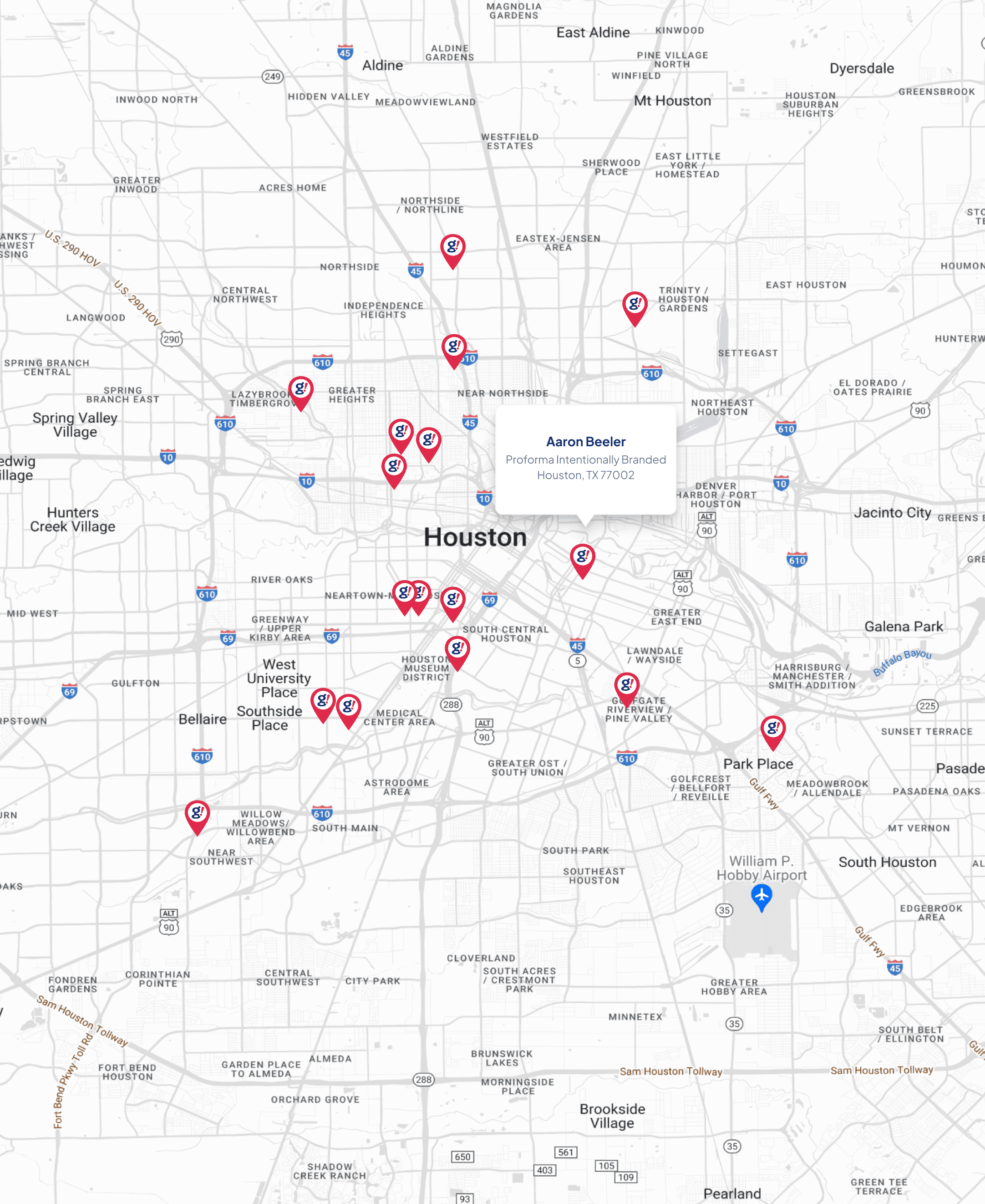Brands, here are 5 reasons to tune into in-app advertising
- Updated on: 2025-01-21
- Read original article here

Savvy marketers are always looking for what’s next. With more channels now available than ever before to reach consumers – from TV to web to social media – forward-thinking brands recognize that embracing different and emerging platforms is key to not only hold onto existing audiences, but also capture new ones. For today’s marketers, that next emerging frontier is mobile.
If you’re thinking to yourself that mobile is not a new channel – and we’ve heard every year for the past decade that it will be the “year of mobile” – you’re not wrong. But, what’s been striking to see is mobile’s steady continuation of growth due to the fact that the way people engage on their phones is constantly evolving, and who is engaging has also shifted dramatically.
Younger audiences are the heaviest users of mobile apps – with 18-24-year-olds spending an average 112.6 hours each month within them, compared to 102.4 hours for 25-to-34-year-olds, and 93.6 hours for the 35-44-year-old group. However, app usage also remains relatively high among older audiences too, according to research from tech developer Simform.
Complementing these demographic and usage statistics, there are several compelling reasons why mobile apps provide a powerful opportunity for advertisers that shouldn’t be ignored.
The depth and breadth of the audience for mobile continues to broaden as more people become dependent on various apps to inform, entertain, and manage their days – from social and finance, to gaming and shopping. This provides greater opportunities for advertisers across more unique ad formats that are no longer limited to tiny banners across the bottom of the screen.
Today, the range of formats available through in-app advertising has expanded to everything from interstitial, rich media, and rewarded video ads, to in-stream video and playables. For advertisers, these diverse options provide the ability to create a better user experience through apps, as well as the opportunity to boost revenues by combining in-app ads with in-app purchases.
Unlike what’s often seen with traditional web publishers, the content for the majority of apps is limited to specific themes. Let’s look at gaming: when you open a gaming app, the material within that app is all related to the game itself, meaning there’s little risk in your brand’s ad showing up next to unwanted news headlines or other user-generated content. This is especially the case with full-screen static and video formats where your ads get 100% share of screen.
From a competitive standpoint, too, with interstitial ads there’s no concept of above or below the fold for advertisers, creating not only a brand-safe environment, but also one where brands are able to connect with their audiences one-to-one without vying for people's attention.
It's still a myth that mobile gaming apps are only used by men. Casual games are a perfect example: puzzle game Wordscapes sees nearly five million daily users who are primarily female (70%), mostly millennial, and active for about 20 minutes a day.
The breadth of today’s gaming audience doesn’t stop there. A recent Newzoo report found that 16% of US gamers are LGBTQIA+, 40% are Black, Hispanic, or Asian, and 31% have a disability. And, the gaming audience on mobile is rising each year. Installs of gaming apps increased by 41% in 2021, and growth in the ‘hyper casual’ category of gaming apps was 31% – following an impressive 45% boost from 2019 to 2020, according to data from benchmarking company Adjust.
There are high levels of acceptance for in-app advertising since ads are generally targeted based on the app’s content and its users. An ad for daily planners or noise-canceling headphones, for example, might run inside a network of productivity apps.
Unlike the viewers that watch pre-roll and mid-roll ads, too, app users are especially amenable to video ads and rewarded video, which offers them a benefit or in-app reward in exchange for watching the full ad. There are also clear ‘breaks’ for in-app ads – say, when a player completes a level of a game and an ad appears before they advance to the next one – making the opportunity for brand advertisers and agencies to capture an audience’s attention that much more powerful.
With several million apps available across iOS and Android platforms globally, covering every possible genre, it’s no wonder that 70% of all US digital media time comes from mobile apps, more than any other channel, site, or network. Gaming apps, in particular, have officially entered the mainstream, now earning more revenue than other forms of entertainment like movies or music.
AppLovin's recent acquisition of the MoPub mobile ad exchange has strengthened the in-app opportunity for advertisers by further consolidating mobile supply onto one platform. This single exchange now connects buyers to more than 140,000 mobile apps across over 1.8 billion mobile devices across the world. For advertisers and agencies, it’s once again the “year of mobile” and time to consider embracing this channel to capture new audiences.
To learn more about the leading mobile in-app real-time bidding exchange click here.



